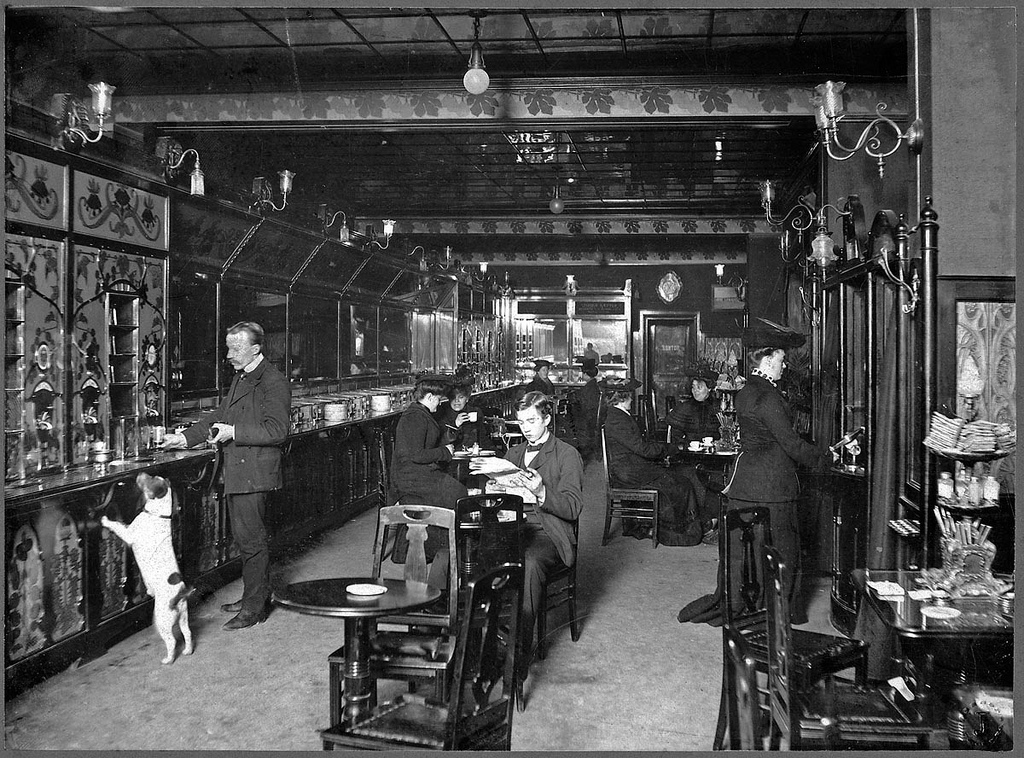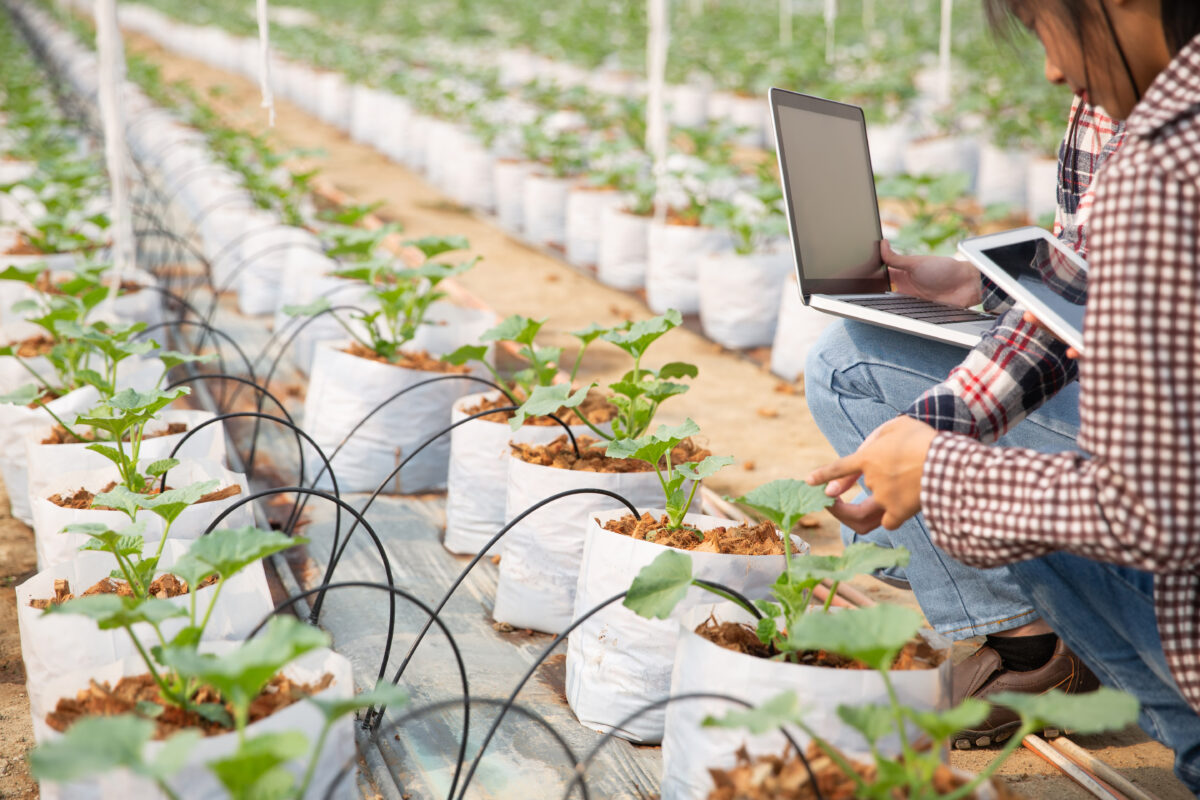Since the 1950s, the concepts of artificial intelligence (AI) and automation have continuously evolved. These innovations are transforming the world of work, offering powerful tools to optimize our processes and solve complex problems. But what’s the difference between automation and AI? And how did we get to advances like generative AI? Let’s take a trip down memory lane to find out.

The first steps: automating simple calculations
The first forms of automation came with the invention of mechanical calculators, such as Blaise Pascal’s Pascaline in the 17th century. These machines automated simple arithmetic operations, a revolutionary advance for the time. They laid the foundations for modern automation, performing repetitive tasks quickly and without error. A significant advance for merchants and scientists of the time.
The advent of electronic computers in the 20th century extended this form of automation to include more complex calculations. From cash registers to engineering calculations, many people gained in time and precision.
Automation and vision: Robots “work” and “see”
In the 1950s and 1960s, industrial robots revolutionized manufacturing. Programmable robots, particularly in automotive factories, automated processes such as assembly and welding or even painting. These machines could perform repetitive tasks with unrivaled precision and speed.
The 1980s introduced a new dimension with the integration of computer vision systems. Using cameras coupled with advanced algorithms, machines were able to “see” and analyze their environment. This marked a major step forward, particularly for factory quality control and production line monitoring.
The agricultural sector also witnessed major transformations: since the introduction of mechanized tractors and combines in the 20th century, agricultural productivity has grown exponentially.
In the years 2000’s, RPA (Robotic Process Automation) generated an initial wave of productivity in the service sector. These computer programs replicated human actions: click, copy, move the mouse, click, paste, move the mouse, click, wait, …
Predictive AI: Robots “make” decisions
The 1990s saw the emergence of predictive AI, a real turning point in the history of artificial intelligence. Machine learning lies at the heart of this revolution. It relies on the analysis of large quantities of historical data to identify trends and formulate predictions.
It’s the beginning of big data. New jobs are opening up in data analysis and modeling. Relying on statistics and the relationships between data, machine learning models anticipate a company’s sales, detect anomalies in financial transactions or even optimize supply chains.

In the agricultural sector, IoT sensors (connected to the Internet), drones and agricultural robots are perfecting complex tasks such as fertilizer spreading, irrigation management and even fruit harvesting.
Drones, for example, map fields in real time, using vision principles, while sensors monitor soil moisture to optimize water use, based on algorithms and historical data.
Deep learning, a sub-field of machine learning, relies on artificial neural networks to process more complex data, such as images or audio sequences. This is how voice assistance solutions such as Alexa and Siri came into being. Computers can now understand us!
Generative AI: robots “create” content
Generative AI is one of the most recent and impressive breakthroughs in the field. Unlike predictive models, which analyze data to identify patterns, generative AI creates original content, such as texts, images or even musical works.
Tools such as ChatGPT, Claude or Copilot illustrate this progress. These systems rely on complex statistical algorithms, based on language models, to produce coherent and innovative results. Their applications range from assisted writing to software development and artistic creation.
Based on a large amount of information, the model “guesses”, based on statistics, what the best response would be. For example, if a conversational agent doesn’t understand my name, it will call me “John”, as this is the most common first name among its users.
This is how AI generates realistic images. However, having no intelligence whatsoever, we see AI hallucinate with hands having 5 or 6 fingers. AI doens’t understand concepts and has no understanding of our real world.
This is the Internet’s main risk, as it gets flooded by automatically created content, that is possibly of lower quality.
AI boosts process automation capabilities tenfold
Automation and artificial intelligence have come a long way since the days of the first calculators. Automation focuses on streamlining and repeatability of processes, while AI analyzes data to produce consolidated or synthesized content. You can imagine that the combination of these two technologies gives our tools an extra boost.
In my next article in this “me and AI” series, I’ll explain why AI won’t replace you.
